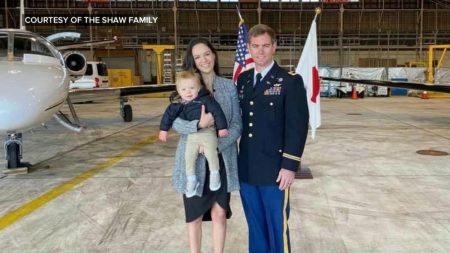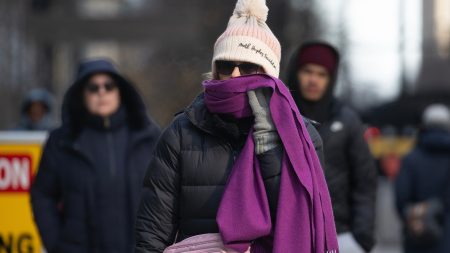Introduction
In a bold and contentious move, President Trump, supported by Elon Musk, embarked on an initiative to downsize the federal workforce significantly. This effort, aimed at reducing bureaucracy, led to the dismissal of thousands of employees across various critical sectors. However, the abrupt nature of these firings soon revealed the essential roles these workers played in national security, public health, and infrastructure. The subsequent scramble to rehire many of these employees underscored the importance of thoughtful personnel decisions and the potential consequences of hasty actions.
National Security: Safeguarding Health and Safety
The Trump administration’s personnel decisions impacted national security profoundly, particularly in health and safety sectors. The Centers for Disease Control and Prevention (CDC) faced initial plans to cut staff, including the Epidemic Intelligence Service, crucial for combating outbreaks like anthrax and Zika. These "disease detectives" were later spared, highlighting their indispensable role in public health security. Additionally, the reversal of cuts to the World Trade Center Health Program, which aids 9/11 first responders, demonstrated the importance of maintaining specialized healthcare support for national heroes.
Health Crises: Avian Influenza and National Security
The administration’s actions also affected the nation’s ability to respond to health crises, notably the avian influenza outbreak. The Department of Agriculture’s decision to rehire scientists after initial firings was a direct response to the critical need for their expertise in combating the bird flu, which threatens both poultry industries and human health. This reversal emphasized the importance of maintaining a robust scientific workforce to address evolving health challenges.
Environmental and Infrastructure Stability
In the realms of environment and infrastructure, the impact of staffing decisions was acutely felt. The Environmental Protection Agency (EPA) saw layoffs in regional offices, only to rehire many employees, underscoring the necessity of their roles in ensuring clean air and water. Similarly, the Bonneville Power Administration, after laying off probationary workers, rehired some to maintain electrical grid stability in the Pacific Northwest. These actions highlighted the critical nature of these jobs in sustaining daily life and environmental health.
Veterans and Social Services: Support and Crisis Care
The human impact was particularly evident in the realm of veterans’ services. The Department of Veterans Affairs initially let go of employees, including some managing the Veterans Crisis Line, a lifeline for many veterans. Public pressure led to the rehiring of some staff, illustrating the vital role of these services in supporting veterans’ mental health and well-being. This reversal underscored the importance of maintaining adequate resources for vulnerable populations.
National Parks and Government Services: Preserving Natural and Civic Spaces
Lastly, the administration’s decisions affected the nation’s natural heritage and civic spaces. Seasonal workers at national parks, initially dismissed, were later rehired following public outcry. This ensured the continued maintenance and accessibility of these treasured areas. Similarly, the reversal of cuts to the World Trade Center Health Program and the EPA’s regional offices demonstrated the essential role of federal employees in preserving both natural beauty and civic infrastructure.
Conclusion
The Trump administration’s personnel decisions, while intended to streamline government, revealed the intricate web of roles federal employees play in national security, health, and infrastructure. The swift reversals of many firings underscored the importance of thoughtful decision-making and the potential consequences of hasty actions. This episode serves as a reminder of the need for a balanced approach to workforce management, ensuring that essential services and security are not compromised.















